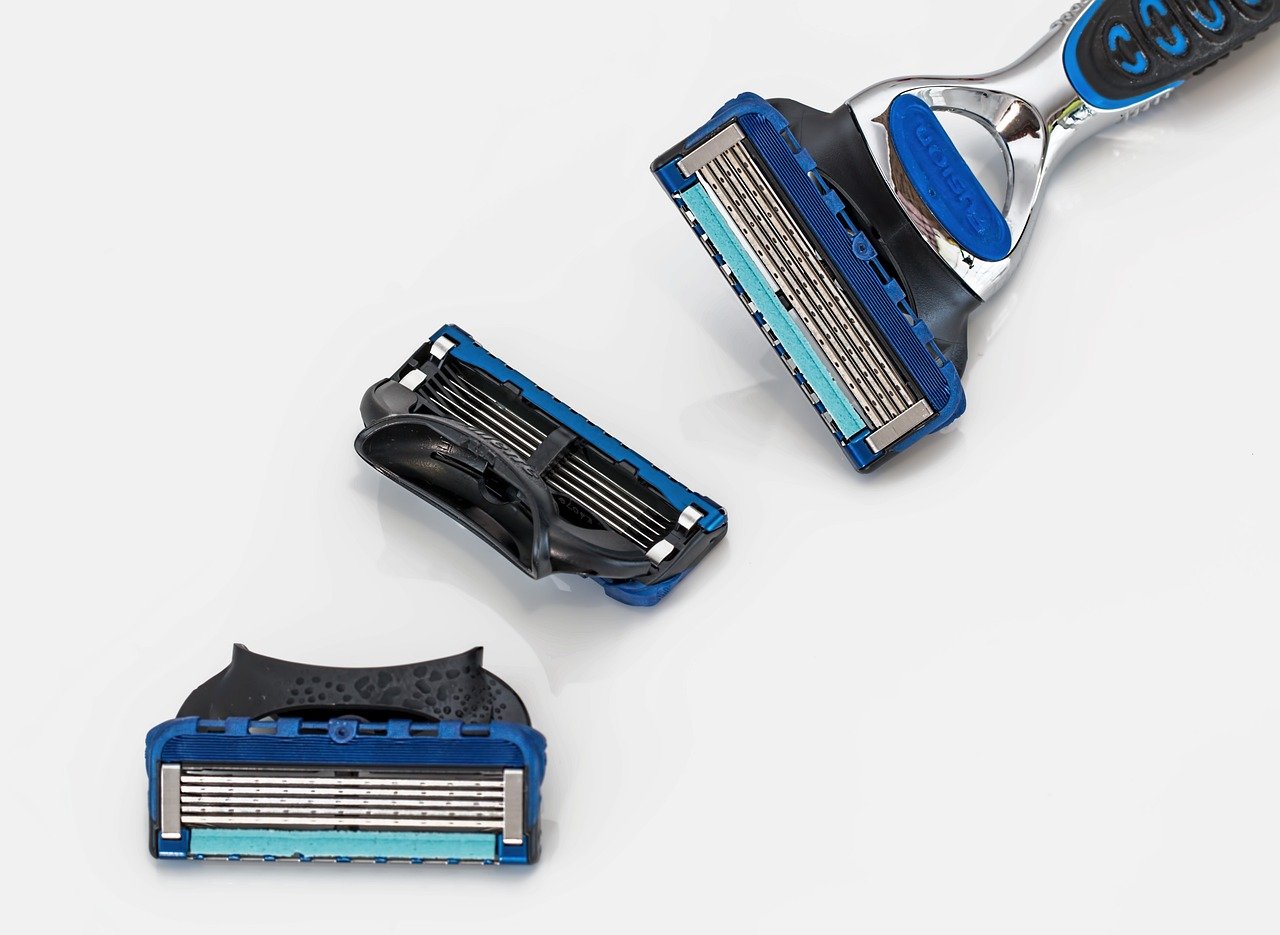Gillette, a household name synonymous with shaving, has revolutionized the way men groom themselves. With its innovative business model and cutting-edge products, Gillette has become a leader in the shaving industry.
Founded in 1901 by King C. Gillette, the company introduced the world’s first safety razor. This breakthrough invention transformed the way men shaved, making it safer, more convenient, and more affordable.
Financial Summary (2023)
- Revenue: $7.8 billion
- Operating income: $1.9 billion
- Net income: $1.4 billion
- Free cash flow: $1.6 billion
Key Highlights:
- Gillette’s revenue and operating income grew in 2023, driven by strong sales growth of its premium razors and blades.
- The company’s net income and free cash flow also grew in 2023, reflecting the company’s strong financial performance.
razor and blade MODEL
The success of Gillette’s business model lies in its razor and blade strategy. Gillette sells its razor handles at a relatively low cost, sometimes even at a loss, to attract customers. However, the real profit comes from the sale of razor blades, which need to be replaced regularly. This strategy ensures a steady stream of revenue for the company.
1. Core Product Line:
- The company has a wide range of shaving products, from manual razors to electric shavers, and it caters to both men and women. Their products are designed to provide a smooth and precise shaving experience.
2. Innovation and Technology:
- Gillette places a strong emphasis on product innovation and technology. They continually develop and introduce new razor technologies, such as multiple blade systems, lubrication strips, and ergonomic handles, to enhance the shaving experience and achieve a closer and more comfortable shave.
3. Brand Recognition:
- Gillette has built a strong and recognizable brand over the years, which is associated with quality, precision, and a clean shave. This brand recognition has allowed Gillette to maintain a significant market share and a loyal customer base.
4. Marketing and Sponsorships:
- Gillette is known for its marketing efforts, which often include advertising campaigns featuring well-known athletes and celebrities. They have sponsored sports events and teams, such as the Gillette Stadium, home of the New England Patriots. These efforts aim to reinforce the brand’s image of precision and performance.
5. Product Diversification:
- Beyond razors, Gillette has diversified its product range to include shaving creams, gels, aftershaves, and other grooming-related items. This diversification allows Gillette to provide customers with a full grooming experience.
6. Subscription Services:
- Gillette offers subscription services where customers can receive replacement razor blades and other grooming products on a regular basis. This subscription model provides convenience for customers and ensures a steady revenue stream for the company.
7. Global Presence:
- Gillette operates on a global scale, with a presence in numerous countries around the world. This global expansion is a result of its well-established brand and the need for grooming products in various markets.
8. Corporate Responsibility:
- Gillette has also shown a commitment to corporate social responsibility by implementing sustainability initiatives, such as reducing waste and using more environmentally friendly packaging. They have also launched programs to support men’s mental health and well-being.
BUSINESS MODEL CANVAS
1. Customer Segments:
- Men and women seeking shaving and personal grooming products.
- Professionals and individuals with a preference for high-quality razors.
- Consumers with specific shaving needs (e.g., sensitive skin, beard styles).
- Global and diverse customer base.
2. Value Proposition:
- High-quality razors and shaving products.
- Innovation in razor technology and blade sharpness.
- A range of product options for different shaving needs.
- Brand trust and reputation for shaving expertise.
- Personal grooming accessories (e.g., shaving cream, aftershave).
- Subscription services (e.g., Gillette Shave Club).
3. Channels:
- Physical retail stores (supermarkets, pharmacies, etc.).
- E-commerce websites.
- Marketing and advertising channels.
- Partner channels for collaborations and promotions.
4. Customer Relationships:
- In-store and online purchasing.
- Customer support for inquiries and issues.
- Loyalty and rewards programs.
- Marketing and promotional campaigns.
- Subscription and delivery services.
5. Revenue Streams:
- Sales of razors and shaving products.
- Replacement blade cartridges.
- Shaving accessories and personal grooming products.
- Subscription fees (e.g., Gillette Shave Club).
- Licensing deals (e.g., co-branded products).
6. Key Resources:
- Razor technology and product designs.
- Blade manufacturing and quality control.
- Brand recognition and global presence.
- Research and development for innovation.
- Supply chain and distribution network.
7. Key Activities:
- Product design and development.
- Marketing and promotional activities.
- Manufacturing and quality control.
- Distribution and retail partnerships.
- Subscription and delivery services.
8. Key Partners:
- Retailers and supermarkets.
- E-commerce and online retail partners.
- Brand ambassadors and endorsements.
- Marketing and advertising partners.
- Research and development partners.
9. Cost Structure:
- Product development and manufacturing costs.
- Marketing and advertising expenses.
- Distribution and supply chain costs.
- Customer support and operational costs.
- Licensing and partnership expenses.
STRENGHTS:
- Brand Recognition: Gillette is a well-established and recognized brand in the shaving and grooming industry.
- Innovation: Gillette’s continuous innovation in shaving technology has allowed it to maintain a competitive edge.
- Diverse Product Range: The company offers a wide range of products to meet different customer preferences and needs.
- Subscription Model: The subscription service promotes customer loyalty and recurring revenue.
Challenges:
- Competition: The shaving and grooming industry is highly competitive, with many brands and innovative startups.
- Price Sensitivity: Gillette’s premium products may be cost-prohibitive for some consumers.
- Environmental Concerns: The disposable nature of blade cartridges and packaging has raised environmental concerns, particularly in terms of waste and recycling.
Conclusion
Gillette’s business model is centered around providing high-quality razors, blades, and personal grooming products to customers, with a focus on innovation and brand trust. The company generates revenue through the sale of razors, blade cartridges, and personal grooming accessories, as well as through subscription services like the Gillette Shave Club. Gillette’s reputation for quality and innovation has made it a prominent player in the personal care industry.
The most popular Razor and Blade models are clustered around consumer products. But what about industrial applications? We have a number of examples in our Innovative Business Model section of how Industrial supplies leverage the use of Razor and Blade.

